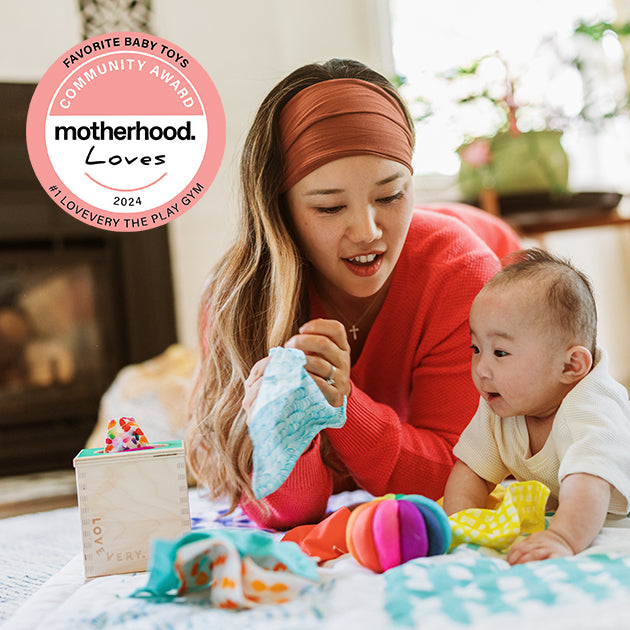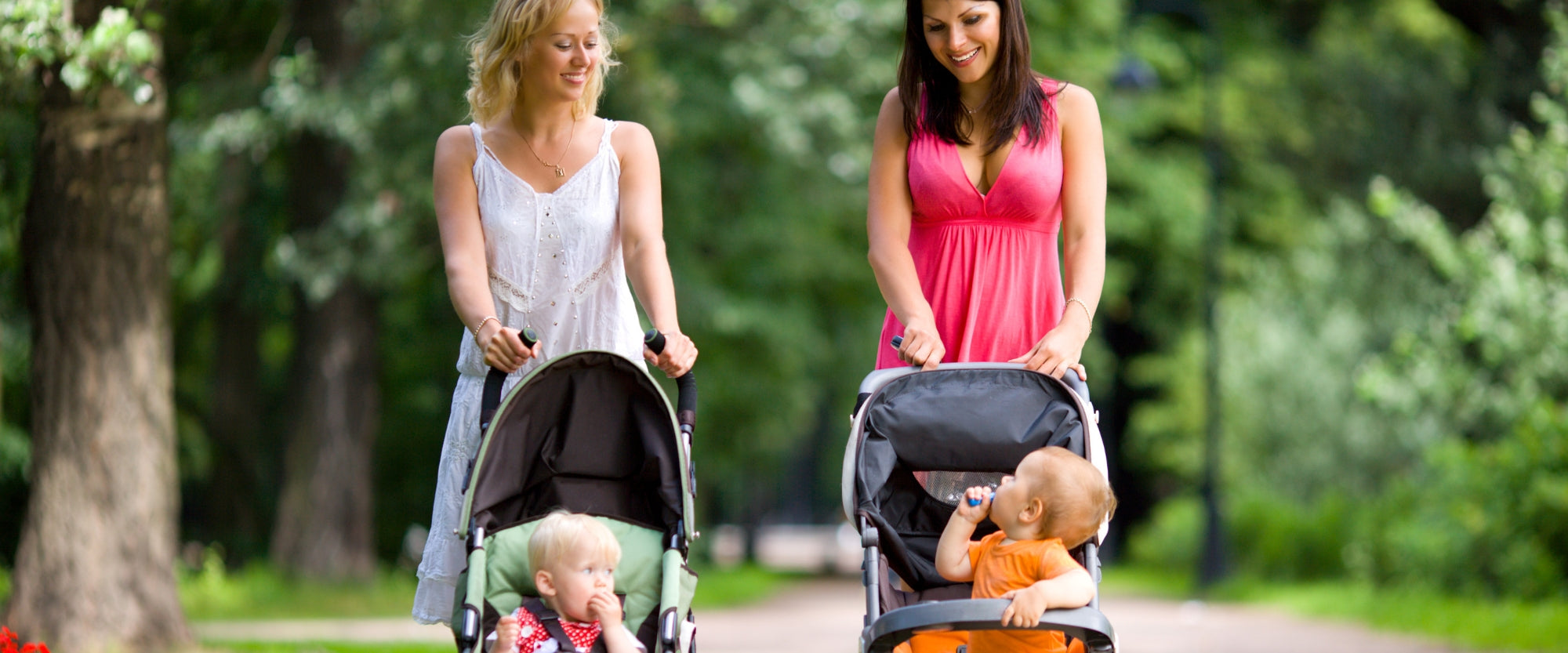Cara Altieri, owner of Conditioned by Cara and mother of four, soon-to-be five, children, specializes in pre and postnatal fitness. Beyond managing the demands of a bustling family life, Cara dedicates herself to assisting fellow mothers and mothers-to-be in prioritizing self-care and wellness. Her mission? To empower women to embrace the journey of pregnancy and beyond, fostering strength, fitness, and, most importantly, a positive self-image throughout. Allow her to lead you through the essential dos and don'ts while dispelling common misconceptions about fitness during pregnancy. Join us as Cara shares her invaluable insights, practical tips, and motivational guidance on effortlessly integrating fitness into the joys and challenges of motherhood.
1. Names and ages of children?
Julian (8), Eloise (6), Sienna (3), Josephine (1.5)
2. How has your personal fitness journey led you to specialize in pre and postnatal fitness?
I’ve been ALL over the place in regards to fitness. As an athlete growing up I was always moving due to the demands of the sport but was never really taught the importance of resistance training until college. Even then I was scared to lift, afraid it would make me “bulky.” I got into running at that time and into my early 20s, even as a trainer, I was still scared to lift too much weight. I got pregnant at a young age (2015) at the very start of my career in fitness. At that time I was working full time in a commercial gym, and I was exhausted from the hours and the pregnancy, so any free time I had was NOT spent in the gym working on myself (which sounds crazy now haha). Once I had my son, I began to realize how detrimental the inactivity was for my pregnancy and postpartum recovery. There was SO much I didn’t know even as a trainer, because unless you were specializing in pre/postnatal fitness, you weren’t (and still aren’t) taught in-depth about training during this phase of life. I decided to dive into it after my second pregnancy. I had stayed active unlike my first, and my pregnancy and the recovery felt like an entirely new experience. I knew at that point I had to specialize in pre/postnatal fitness to help other women realize the immense benefits of staying active and fit during pregnancy, because it wasn’t something you saw too often at that time.
3. What is the most common misconception moms-to-be and new moms have about fitness?
Definitely the extent to which they can continue to workout! Honestly, not much needs to change especially if you are someone who was consistently working out before pregnancy. There will absolutely need to be some modifications along the way but, generally speaking, your activity doesn’t need to change if there are no complications with the pregnancy.
4. What’s the best piece of advice you would share with mamas looking to find an exercise routine that works for them?
First of all, pick an activity that you ENJOY! I do and will always stress the importance of resistance training, but the most important thing is just moving your body. If that’s pilates, or cardio or yoga, that’s great! Stick to what you can be consistent with and start there.
5. You have 4 children and one on the way which means you’re super busy! How do you find time to fit in daily exercise and movement?
I came to realize things like going on walks and hikes with my kids are considered exercise. For so long I exercised in a category of “you need to burn XYZ calories with sweat pouring down your face.” My goal now is to get 3-4 days in of my scheduled workouts, and often one or two of those is WITH my kids around. And lots of steps and running around after the kids!
6. What’s the key difference in designing programs for prenatal fitness and postnatal fitness?
The base of what I prescribe my prenatal clients and regular clients is actually very similar. In general I like to put a big emphasis on the core, because, outside of pregnancy, it is SO important for our strength and preventing injury. Core training is a really big part of pre/postnatal training for obvious reasons (growing belly) and many of those moves are ones I do with clients who aren’t in that phase of life as well. The biggest difference is just the minor modifications we have to make to exercises once the belly gets significantly bigger: traditional planks, hip thrusts or anything done with weight on the hips/stomach, prone (lying on stomach) positions, etc. And of course a BIG emphasis of training is put on the pelvic floor, TVA and diaphragm during pregnancy. We also put an emphasis on opening up the hips/pelvis (especially into the third trimester). There is SO much we can do within our workouts to help with our ability to open up the pelvis in preparation for birth ( different variations of squats, lunges and hinge movements).
7. Can you explain the importance of pelvic floor health during and after pregnancy? How do you incorporate exercises to address this?
We think of the pelvic floor muscles as a hammock that supports our internal organs (bladder, urethra, rectum, and intestines). Creating a strong and functional pelvic floor helps prevent pelvic floor dysfunction as well as assists in an easier delivery! During pregnancy we want to practice correct breathing (diaphragmatic breath), contracting and relaxation at rest and during our lifts, in order to improve pelvic floor function. I always start with very simple exercises for my clients that introduce functioning of the pelvic floor, so they can learn to manipulate and address it during their workouts. I think something women forget is that it’s not only important to train the pelvic floor to be STRONG but to know how to be in control and RELAX it as well. To touch on both, we do a lot of deep inner-core work, like the breathing techniques mentioned, bird dogs, dead bug variations, side plank variations, etc.
8. What precautions should pregnant women take when engaging in physical activity? How do you modify exercises accordingly?
First and foremost, discuss with your doctor and make sure there are no red flags or complications with the pregnancy. That’s absolutely number one! From there, it’s all about listening to your body and being aware of the cues it gives. Contrary to what some doctors will tell you, there really is no set number in regards to heart rate and or weight capacity when pregnant. When pregnant, our resting heart rate is already elevated due to the increase of blood volume (about 30-50%) because of our growing babe. So if you’re used to using HR as a measurement for how hard you’re working, it’s not going to tell you a story you’re used to. This is also why walking up a flight of stairs even feels like a workout, especially in the first and late third trimester! Instead we want to use “Rate of Perceived Exertion,” basically the talk test. You’ll know if you’re working too hard. Of course any signs of dizziness, lightheadedness, nausea, preterm labor contractions is a sign that you probably pushed yourself too far. As for how much weight we should be lifting, same thing. Be smart and fairly conservative but especially for the moms who are not new to resistance training, you know your abilities. I’ve had a client who’s doctor has told her “don’t lift more than 25 lbs.” Meanwhile her kids at the time weighed more than that! Those are the comments that make me cringe. They just instill fear in the mother, which makes me so sad!
9. How do you help clients set realistic fitness goals during pregnancy and postpartum?
Ok. I love the thought of a solid 3-5 workouts a week haha … but it's just not always realistic for some. So even as a trainer my absolute #1 rule is to NOT overcommit. I would rather do one solid workout a week that you stay consistent with rather than going all out for 2 weeks to a month, then falling off. So #1: realistic goals/schedule. The next is: there is no perfect workout session. As moms we often need to get it done with our kids, or some days we have a 15-30 minute window vs. an hour. All of this is FINE and you should consider it a success nonetheless. Aside from staying strong, the most important thing during pregnancy is to simply keep movement consistent and work on the inner core. We can absolutely stay strong even with 2 workouts a week! I always say even if you can’t workout, you can do a few core exercises while watching a show at night, during nap time, a quick 8-10 minute session during your lunch hour, or any time with the kids! My kids will get down with me and do some exercises. I also make it very clear that if the first trimester knocks you out, not to let that discourage you. LOTS of women find it hard or near impossible to exercise during the first trimester which is OK! Take advantage of a good day. Once you get your energy back, get to it!
10. How do you address common concerns like back pain or joint discomfort through exercises?
A lot of our back pain and discomfort can be traced back to the core! As our belly grows our center of gravity shifts and our ligaments and muscles are pulled in ways the body isn’t used to, which can lead to imbalances and common aches and pains a lot of women may feel. By addressing the core, adductors, glutes and hips, we can usually help mitigate or completely heal these pains! It’s pretty amazing. Round ligament pain is very common with pregnancy so that’s something we try to avoid by training certain strength exercises and doing the proper stretches.








